Games where player choice influences the destiny of the characters and the direction the story will take are not exactly a new concept, many games and devs having tried, to varying levels of success, making successful entries within the genre.
From extremely polarizing games which have divided opinions within their own community among fans and critics, such as the works made by Quantic Dream (Heavy Rain, Beyond: Two Souls, Detroit: Become Human, etc.) to those considered huge timeless successes, such as Until Dawn and the games that Supermassive Games would go on to produce (more specifically, the entries in the Dark Pictures Anthology and The Quarry).
Ad
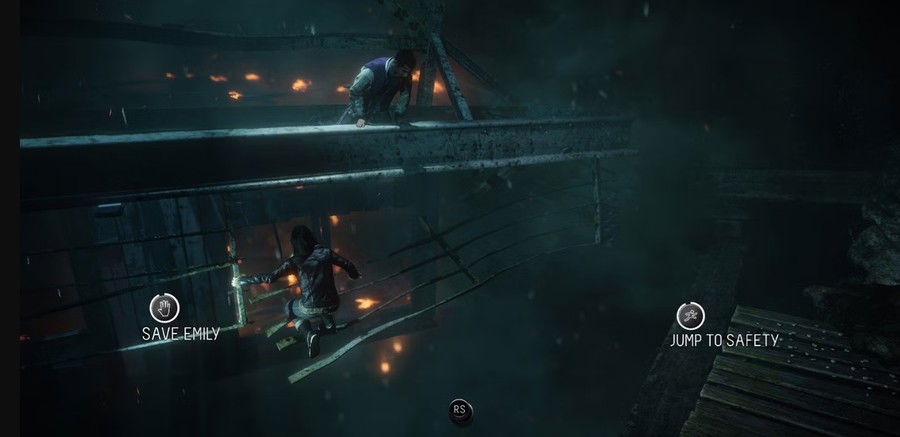
Their origin can be traced back as far as even before computers, to the choose-your-own-adventure style books, popular especially in the seventies, but some games in particular, such as the above-mentioned Heavy Rain and Until Dawn or the highly acclaimed classics The Wolf Among Us, from Telltale Games, and Undertale, created by Toby Fox, for example, have become staples in the history of the so-called choice-based genre, where the progression of the narrative depends on choices made by the player themselves. These games are usually very story-driven, and have a larger focus put on character and world development, setting aside the more action-focused elements, from a gameplay point of view.

Another game which, although it drives somewhat of a wedge in the gamer community between those who love it and those who hate it, has had great influence and relevance to the genre at the time of its release is another classic, a game which under first glance can appear to be just another coming-of-age cliché, using unexpected and unexplained superpowers as a metaphor for the growing up of its characters, but that then surprises the player in the way is deals with its themes of destiny and inevitability versus choice, with surprisingly heavy themes and an impeccable aesthetic: Life is Strange.
The Protagonist as a Mirror
In the game, we step into the shoes of Max Caulfield, newly arrived back to her hometown, Arcadia Bay, to study photography in Blackwell Academy, after having spent years away from the coastal town. She ends up witnessing the shooting of a girl in a school bathroom and, upon reacting to it, ends up finding out that she now has powers of turning back time.
Max makes use of those powers to save the life of the girl who was shot, who she then finds out is none other than her old best friend, Chloe Price, and alongside her, embarks in a somber journey to figure out what is happening with Arcadia Bay and the circumstances around the disappearance of another character, Rachel Amber, amidst near-apocalyptic visions of a tornado that appears to be coming to destroy the town in a few days.
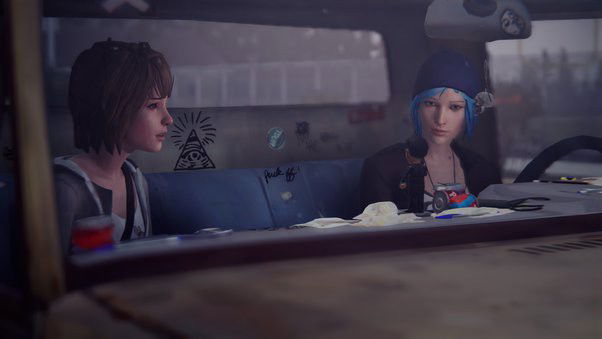
Max and their character construction are a perfect example of a character completely made so that the player can project themselves onto and identify with. On top of having a very androgynous appearance, not pending too masculine or feminine in their visual, body, hair, clothes, etc., her own name, “Max” is very purposefully unisex as well.
Considering that the game was released in 2015, a time before any relevant discussions on non-binary and the absence of gender within the gaming world, characterizing Max in this way was the closest that it could get to creating a protagonist who effectively had no predefined gender, so that the largest amount possible of people could identify with and project themselves onto them, regardless of the player’s own gender.
Ad
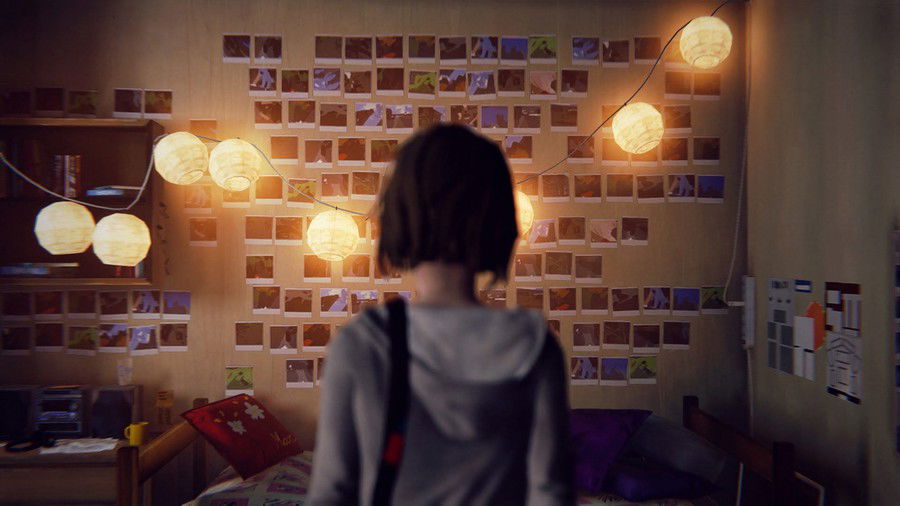
Making sure that the player gets into the headspace of the main character as much as possible and in every possible way aims to make it so that they feel the consequences of the decisions made in a personal way. The choices presented in the game are not right or wrong by definition, black and white, but instead made to be morally gray, choices between what Max - and the player - wants and what other people within the story want, the epitome of this concept making itself evident in the final choice for the game.
Of course, some of the decisions to be taken can seem inconsequential and like they have no broader repercussions, like, for example, if you don’t water a certain plant in Max’s dorm room, it ends up withering and dying, but, on the other hand, the game also presents us with decisions and possibilities that vary from terribly definitive - such as every event which leads up to the player being able or not to save another character, Kate, from committing suicide - to decisions which serve the purpose of building Max’s character even further, and allows the player to also project themselves, their preferences and experiences even further onto her, like the decision between kissing Chloe, Warren, both or neither, reflecting the way in which Max’s sexuality is made to be explored by the player themselves. At the end of the day, the choices the player must take simply have varying degrees of importance, just like in real life.
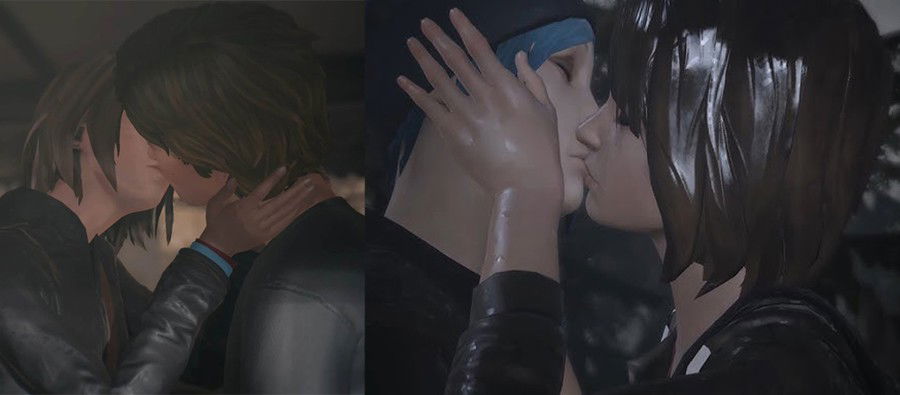
Max goes through the entire game saving Chloe from death again and again and again, altering timelines and challenging destiny many times - and to increasingly catastrophic consequences, causing temporal and climatic abnormalities such as a completely out of season snow storm, an unexpected eclipse, the death of hundreds of birds and beached whales with no apparent explanation, the appearance of two moons in the sky and, finally, the tornado which destroys the small town.
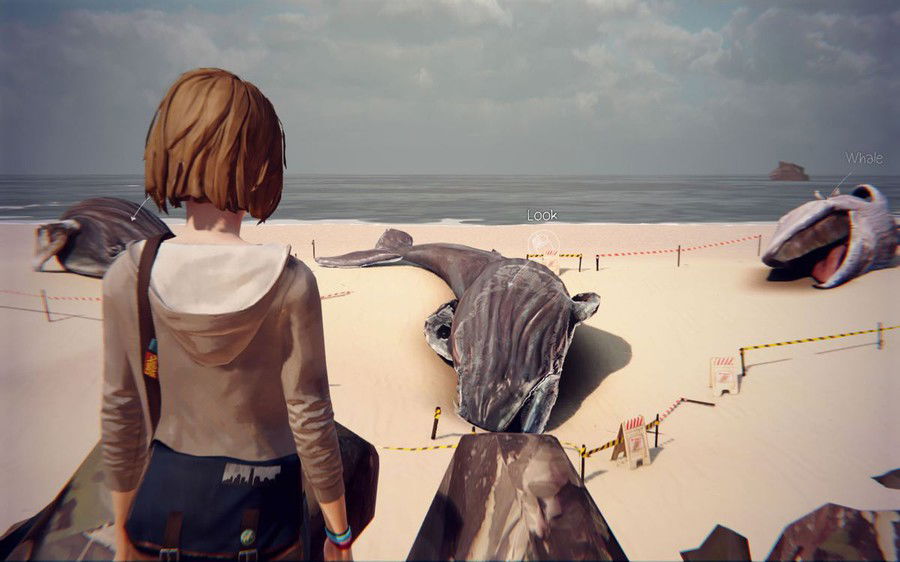
And it’s amidst all of that happening and all of those unexpected events that the game introduces us to the concept of Chaos Theory, which dictates that the smallest of changes to a timeline can result in catastrophic consequences.
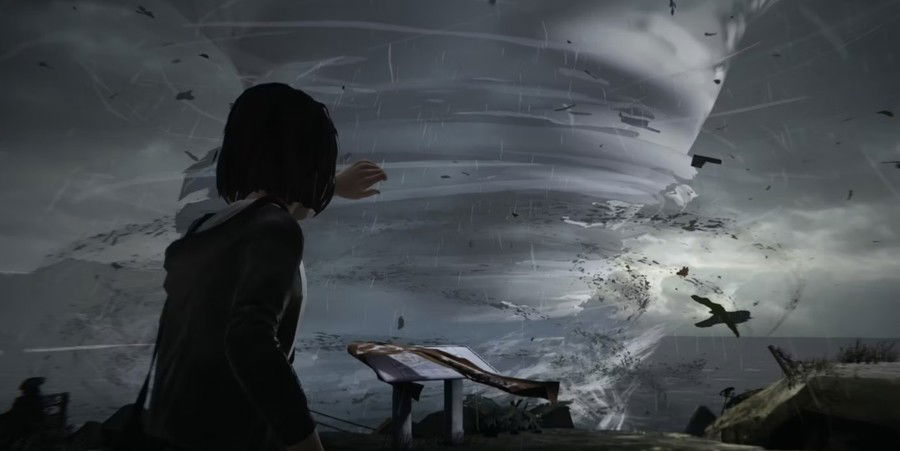
Animals and Their Symbolism
A rather prominent concept in this game is that of Spirit Animals, animals which both represent and are deeply connected to a person’s fundamental values, and Chloe and Max’s Spirit Animals play an essential role in the plot.
Ad
Chloe’s is a direct reference to the themes touched on by the narrative: a butterfly. And if the first thing that crossed your mind right now had something to do with the famous butterfly effect, you’re following exactly what the game tries to evoke in its players. It’s a blue butterfly that causes Max to be present and hidden at the moment Chloe is shot, and she turns back time for the first time, and this animal appears in several other instances, always around or in reference to Chloe, indicating that her death - and the fact that it was prevented by Max, actually - was the starting point to a true butterfly effect which culminates in the devastating storm.

Butterflies, due to their life cycle which involves the transformation of a caterpillar into a chrysalis (which is the name of one of the game’s chapters as well) and then into the butterfly itself, also symbolize rebirth, something that happens to Chloe several times as the game progresses, the more Max saves her from certain death.
Max, on the other hand, is directly related to another animal: a doe. It appears several times to Max’s eyes, especially in definitive turns in the story, guiding her towards the truth about what happened to Rachel and symbolizing the innocence and good intentions behind her actions. Reinforcing this connection, the most iconic clothes wore by Max in the game are a T-shirt with a doe outline and the word “Jane” written in front of it, instantly referencing the concept of a “Jane Doe”, the way that non-identified women found lost or who fell victim to a crime are called.

The inherent aspects of each animal reflect directly in the narrative and character development of each of the two protagonists, Max symbolizing the innocent look upon a subject which ends up revealing itself to be extremely heavy and serving as the means through which the player experiences the story, and Chloe being the catalyst to a devastating butterfly effect, demonstrating through her repeated “rebirths” her growth, from a rather selfish and hard-headed character into an excellent friend, who takes the altruistic decision of asking Max to sacrifice her to save Arcadia Bay - in stark contrast to the first episode, in which Chloe declares that she would like to see the entire city burn, with no remorse.
Life is Strange and the Five Stages of Grief
The Five Stages of Grief, established by the psychiatrist Elisabeth Kübler-Ross, are a rather common theme to show up in audiovisual narratives, be it explicitly or, such as the case for Life is Strange and several other games, including some we already spoke about here at UmGamer like Final Fantasy X and its journey alongside themes of grief, just as implicit aspects which are referenced during their stories and incidents.
Ad
In the particular case of LiS, Denial starts in the first chapter, Chrysalis, when Max demonstrates being stuck in that stage through her actions when faced with Chloe’s death, refusing to accept her departure and doing everything possible to save her over and over.

Anger is personalized in Chloe herself, who since experiencing the loss of her father due to a car crash years ago and then the loss of a very close friend/lover (Rachel) right before the game starts, has become someone completely angry, changing both her appearance and her attitude and taking the posture of one who believes the entire world is out to get her, constantly mad at everyone and everything and getting into fights with her stepfather. This is more deeply explored in Episode 2: Out of Time.
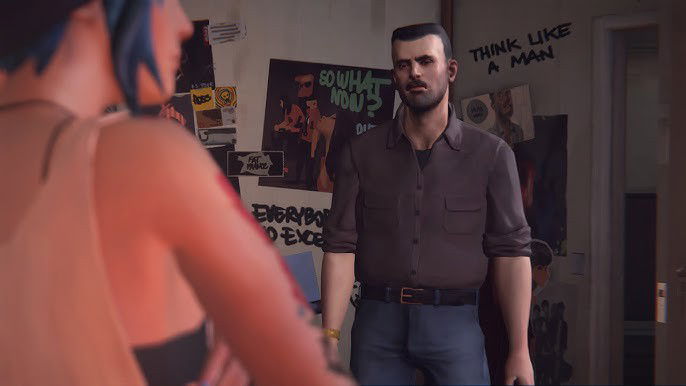
The Bargain is represented by the successive attempts from Max to save Chloe’s life so that she can get more time by her side, which is mostly literally the definition given by Kubler-Ross to the bargaining stage, this attempt to get more time with what or who was lost. The most expressive moment within this setting occurs in Episode 3: Chaos Theory, when Max goes the furthest she’s ever gone back in time and makes it so that Chloe’s father doesn’t die in the accident, thinking that by doing this, she’ll make her friend happy again, but instead ends up interrupting the space-time continuum in such a disastrous way that Chloe ends up confined to a wheelchair and the unhappiest she’s ever been, eventually begging Max to help her end her own life.

Depression makes itself present all throughout Episode 4, Dark Room, when it’s found out that Rachel has been dead this entire time, and Chloe gets into a deep state of sadness, in addition to being the chapter in which some of the darkest secrets in the story are exposed. And, finally, the endgame in Episode 5: Polarized, in which both Max and Chloe accept destiny and that Chloe’s life cannot be saved even through supernatural means, is the Acceptance.
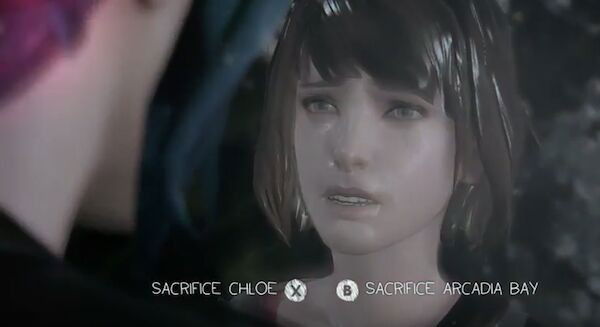
Another aspect, this time visual, which is very relevant to the game is the color palette present throughout the five episodes. Initially presenting the player with the rough contrast between the softly and well-lit reality of Max’s day-to-day life in Blackwell Academy and the dark, terrible climate in her visions about the storm and the tornado, as each episode goes by the color palette and general vibe of the game move towards the latter, towards this dark reality, indicating the unfolding of the circumstances related to what is happening.
Ad

In Conclusion
Although there are those who claim that the game’s choices do not have true depth, a play through looking at the details, metaphors and moments presented in the game are enough to negate such words; Life is Strange is a game totally focused on its narrative and, therefore, may not please so much those who prefer games that have a more action-focused gameplay, but this in no way whatsoever takes away the absolute merit it achieves within what the game initially proposes to do.

Despite the magical element brought in by the time traveling and by Max’s powers, the choices and options within the game are realistic when they propose themselves to be, each small action or apparently inexpressive decision having an effect in the story in some level, creating a rich environment for those who appreciate the huge amount of work put into a game like this.
Life is Strange still has, however, a last differential: Its own time-turning mechanic, which allows the player (except for a few moments) to “go back” in their decisions, see the outcome of each option before settling for one, or even undo something caused by an unfortunate choice. However, in key moments of the game it becomes impossible to go back, forcing the player to take responsibility on the biggest, most impactful choices at the same time it allows them to experiment with and “play” with the smaller, less impactful ones, granting more freedom to make the gameplay as close as possible to the player’s preferences while still maintaining high replay value!
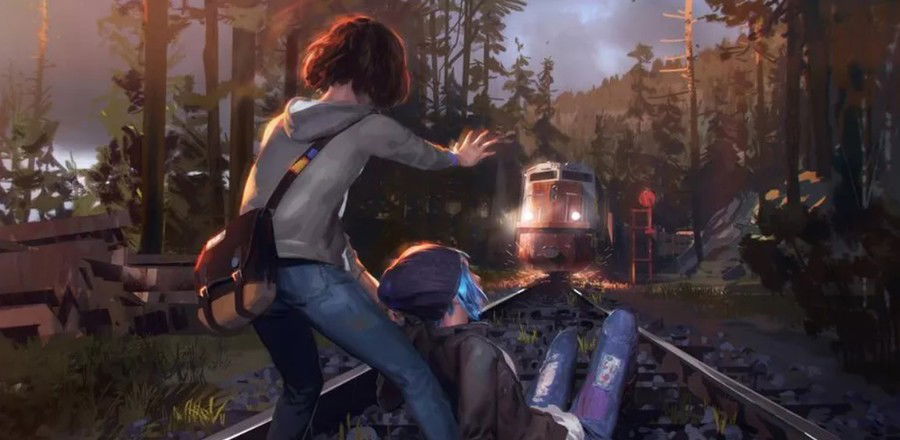
When we put together the well-done choice mechanics, the charming visuals, impeccable art direction, captivating characters, a story which encourages the player to want to solve the mysteries presented to them and on top of all of that a wonderful soundtrack to boost, Life is Strange is definitely worthy of being in the “must play” category for all fans of choice-based games, and it’s a great pick if you’re looking to play a game which brings a calm gameplay and an excellent story to distract yourself with.
Thanks for reading!




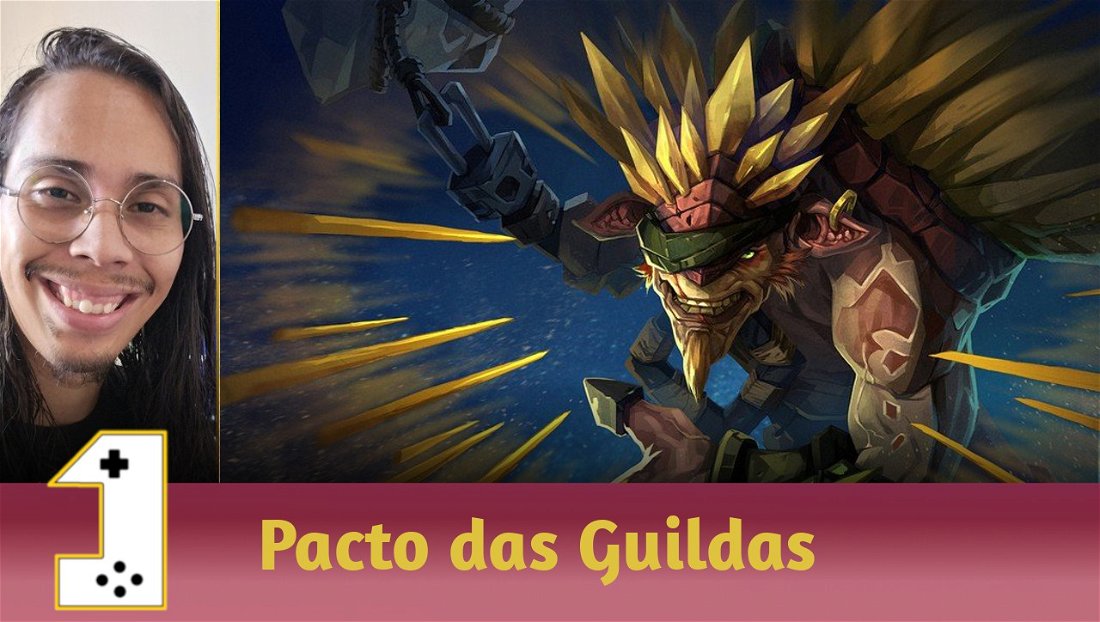


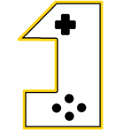

— Kommentare0
Sei der erste der kommentiert